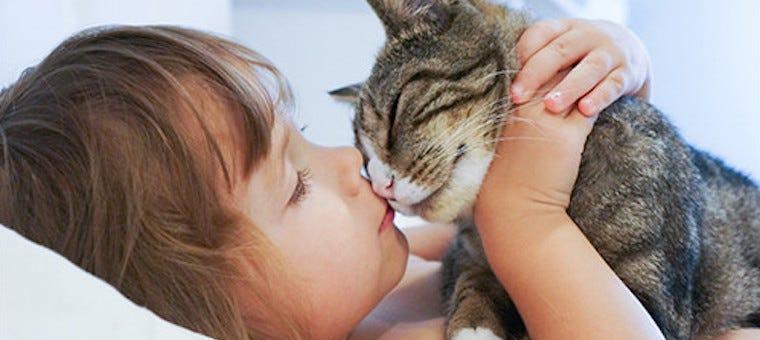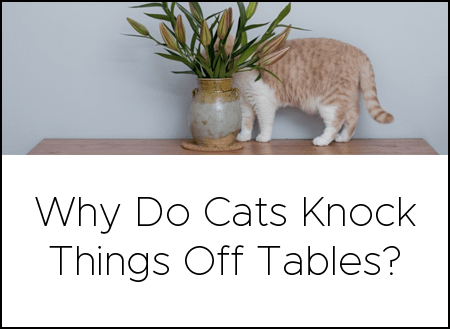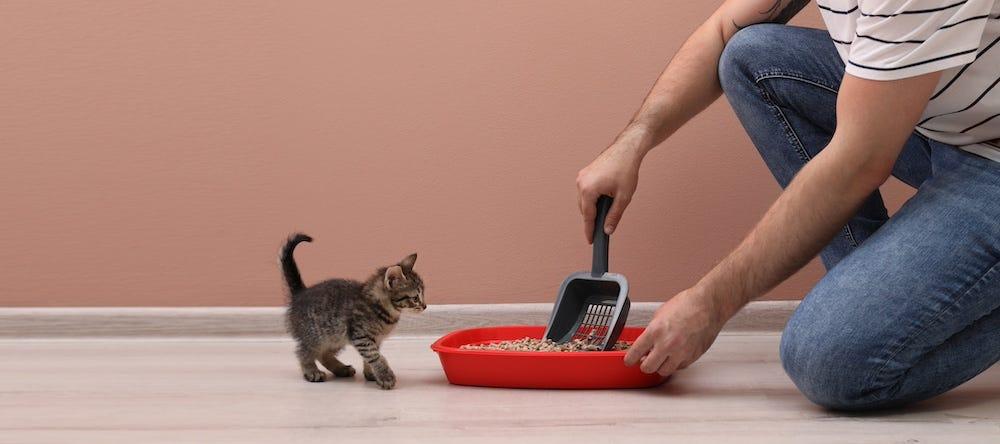Pet parents are generally aware of the health benefits our furbabies bestow on us: decreased stress, lower blood pressure, and better mood, to name a few. Decades of research and medically sound statistics support the idea that our pets actually make us healthier individuals—physically and emotionally. And while most of us can attest to the joys of having a furry companion, an increasing number of people are turning to animal-assisted therapy. You’ve no doubt heard stories of dogs and even miniature horses serving in this capacity—but what about a therapy cat?
What are therapy animals?
First, it’s important to note that therapy animals are not the same as service animals. Service animals, such as guide dogs, are trained to assist people with disabilities and are not considered pets.
Therapy animals are sometimes called emotional support animals or comfort animals. Petting and physical contact with these animals triggers the release of oxytocin, also known as “the love hormone,” in humans.
Pet Partners, one of the nation’s largest registry of therapy animals, clarifies that therapy animals visit many different facilities—including senior living, veterans, educational, hospitals, and hospices—and interact with a wide array of people: veterans with PTSD, seniors living with Alzheimer’s, students with literacy challenges, patients in recovery, people with intellectual disabilities, those approaching end of life, and more.
Registered therapy animals typically include the following species:
- Dogs
- Cats
- Mini-horses
- Mini-pigs
- Rabbits
- Birds
- Guinea pigs
- Llamas/alpacas
- Domesticated rats
The Therapy Animal Program at Pet Partners, for example, is made up of 94 percent dogs, but also includes cats, horses, llamas, and many more.
The rise of animal-assisted therapy
This New York Times article elaborates on the growing field of animal-assisted therapy. The American Hospital Association now offers official education seminars on how to set up or improve a hospital animal program. An increasing number of employers, including major healthcare company Aetna, bring therapy animals into the workplace to reduce stress and lift people’s moods.
The research is rising, too: Purdue University, in conjunction with the Human Animal Bond Research Institute, has amassed a library of more than 30,000 articles related to the benefits of animal-assisted therapy and the human/animal bond.
Currently there is far more research on dogs as therapy animals than on cats and other species. However, studies are increasingly cropping up on the uses of a household therapy cat. The New York Times reported that “in March [2018], a team led by scientists at the School of Veterinary Medicine at the University of California-Davis published a study in the journal Frontiers in Veterinary Science about interactions between family house cats and children with autism. While the study had a number of caveats—it pointed out, for example, that people who had ‘positive relationships with their cats’ were probably more likely to participate—it found that cats in families with a child with autism-spectrum disorder ‘often provided valuable bonding, attention and calming affect to the child.’”
What makes a good therapy cat?
The reality is, just because your cat makes you feel better doesn’t mean she would be a good therapy cat. A therapy cat needs to have a high tolerance for strangers and hugs, meet regular grooming and hygiene requirements, and enjoy getting in a car.
A sampling of the general criteria that your feline must meet to become a therapy cat with Pet Partners, for instance, includes:
- Welcome, not merely tolerate, interactions with strangers
- Comfortable wearing a collar or harness
- Comfortable on a leash
- Reliably house trained
- No history of aggression or seriously injuring either people or other animals
- Good basic obedience skills
With this in mind, do you think your feline would make a good therapy cat? If yes, kudos to you—you have a very special kitty!
Should you and your pet be a therapy team?
Maybe you think your pet would make a good therapy animal. But what about you as their handler? Consider the following guidelines from Pet Partners. You must be able to:
- Read your animal’s particular body language and recognize when your animal is stressed, anxious, concerned, overstimulated, or fatigued
- Demonstrate positive interactions with your animal by praising, cueing, encouraging, and reassuring the animal as needed
- Cue or redirect your animal without raising your voice, forcefully jerking on the leash, or offering food or toys
- Make casual conversation with those you meet on visits while still being attentive to your animal
- Guide the interactions of others with the animal in a professional and polite manner
- Advocate for the safety and well-being of your animal at all times
If you’re seriously interested in registering your pet as a therapy cat or dog (or one of the other seven registered species!), take this nifty quiz from Pet Partners to find out more.
Therapy animals are a precious and increasingly embraced service in our society. We are truly hopeful for the continued expansion of animal-assisted therapy. Animals = love.








